Benefits of aloe vera gel on skin
Aloe gel comes from the thick leaf of aloe, a natural herb. People long ago discovered that aloe vera leaves secrete a kind of mucus when they are cut, which causes the wound to close and solidify quickly. So people used this kind of mucus to heal cuts and burns, ulcerated wounds and almost leave no scars. Modern aloe gel is a kind of aloe gel extracted from natural herbal “aloe” by “freeze stabilization” technology. It has high purity and is good for the skin.
The aloe leaves are composed of three layers: an inner layer called the latex, a second layer called the rind, and a third layer called the keratin. According to the current research literature of aloe extract or aloe dry powder that can be detected, the effective components of aloe include anthraquinones, sugars, amino acids, organic acids, minerals and trace elements, active enzymes, vitamins and so on. The natural aloe gel is made up of 99.5% water and 0.5% of polysaccharides, which are responsible for the plant’s many benefits.
According to the research, we can know that aloe polysaccharides can promote the activity of immune cells, but it has no obvious effect in low concentration environment. Aloe vera contains many beneficial components. Its enzymes, in particular, act as exfoliators, and they can dry out the skin when overused. But this doesn’t mean that aloe vera can reverse aging. But it can help prevent deep wrinkles from developing. But be careful with the amount of aloe you use.
Whitening
Aloe Vera contains sterols, which inhibit the production of melanin and reduce the appearance of wrinkles. It also improves the tolerance of other anti-aging ingredients, such as vitamin E, which can cause irritation. In addition to its anti-inflammatory properties, aloe helps heal wounds and soothe itchiness. For this reason, it is also beneficial for treating various skin conditions.
Healing
Aloe vera can help heal broken skin. Its soothing effects can ease the itching and stinging that accompany eczema. Moreover, aloe has antimicrobial properties that help prevent infections in cracked skin. Thus, it is an excellent treatment for eczema and other skin conditions. Its ability to soothe dry and cracked skin makes it an excellent choice for those suffering from eczema.
It helps heal acne outbreaks. Its salicylic acid can help treat acne. Its moisturizing qualities make it a great moisturizer, which is vital for healing acne. It is also helpful in dry healing, because it creates a barrier that can help a person apply makeup without revealing their skin.
Moisturizing
Aloe vera is an effective moisturizer. It can promote collagen production, prevent future wrinkles, and soothe itchy and cracked skin. But it isn’t a miracle cure – it can only help minimize the appearance of fine lines and wrinkles and not reduce them. However, it can prevent future wrinkling and smoothing of the skin.
It can also help heal acne breakouts, preventing the emergence of new ones. Its anti-inflammatory properties help treat skin discolorations and prevent infections. It can also heal broken skin. Its anti-microbial and anti-inflammatory properties can help prevent the development of infections. You can use aloe gel to relieve rashes and soothe the skin.
Preventing skin aging
The gel in aloe vera is effective in preventing skin aging. Its sterols encourage the production of hyaluronic acid, which reduces wrinkles. Additionally, it may help skin tolerate other anti-aging ingredients. It also contains anti-inflammatory and moisturizing properties. By adding aloe to your daily skincare routine, you can reduce the risk of developing wrinkles and fine lines.
Good for scalp
Another benefit of aloe vera is its ability to help your scalp. If you suffer from excessive dandruff, you should consult your doctor. The hydrating nature of aloe vera can ease itching and soothe your scalp. It also has anti-inflammatory properties and can fight inflammation. Its anti-inflammatory and soothing properties make it an excellent product for preventing hair loss and easing scalp itchiness.
In short, Aloe vera is useful in many cosmetics for skincare. It is easy to absorb and can be used to treat minor skin ailments. It is an excellent moisturizer and anti-bacterial ingredient. It can even help prevent the appearance of scarring. All of these benefits make it an all-rounder! If you have a blemish, aloe vera can also help relieve the itching and burning sensations. In addition to healing skin, it boosts collagen and peptide production and can be found in many products. If your skin is dry, apply an aloe vera cream or lotion to combat this condition and to prevent future breakouts.
Riotto botanical co., ltd. is a professional manufacturer and supplier of plant extract and nutritional ingredients from China and has been in this field for more than 11 years. If you are looking for a reliable aloe vera gel extract powder supplier, you have come to the right place, please contact [email protected] for further discussion.

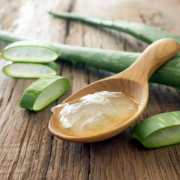



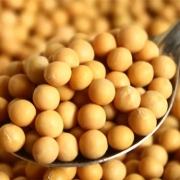
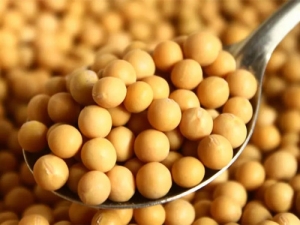



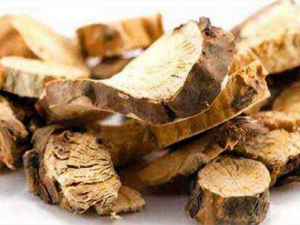 What’s the matrine good for?
What’s the matrine good for?

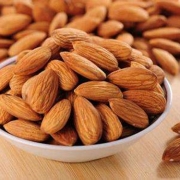
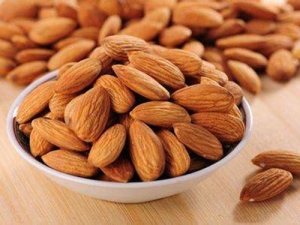 Apricot kernels and amygdalin
Apricot kernels and amygdalin